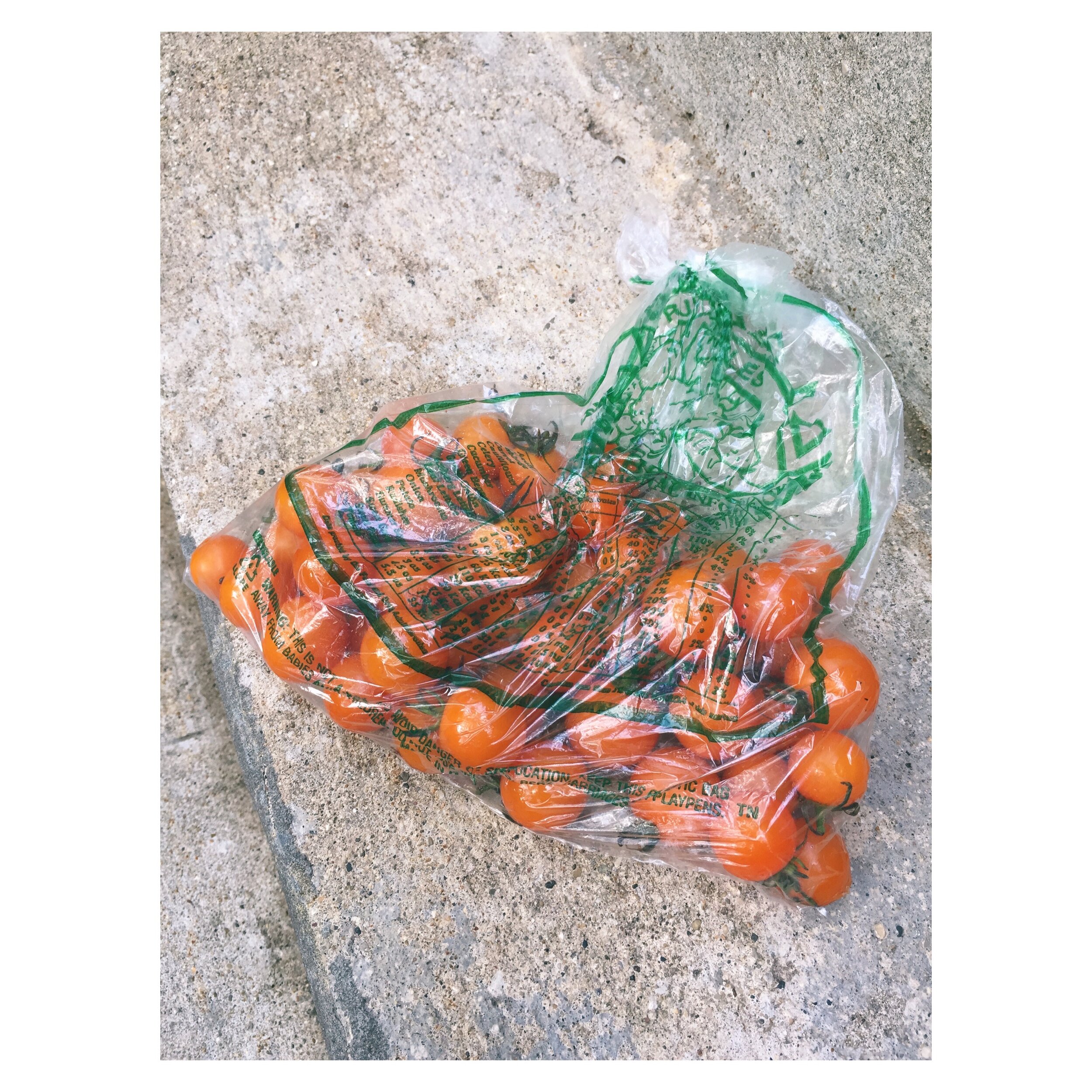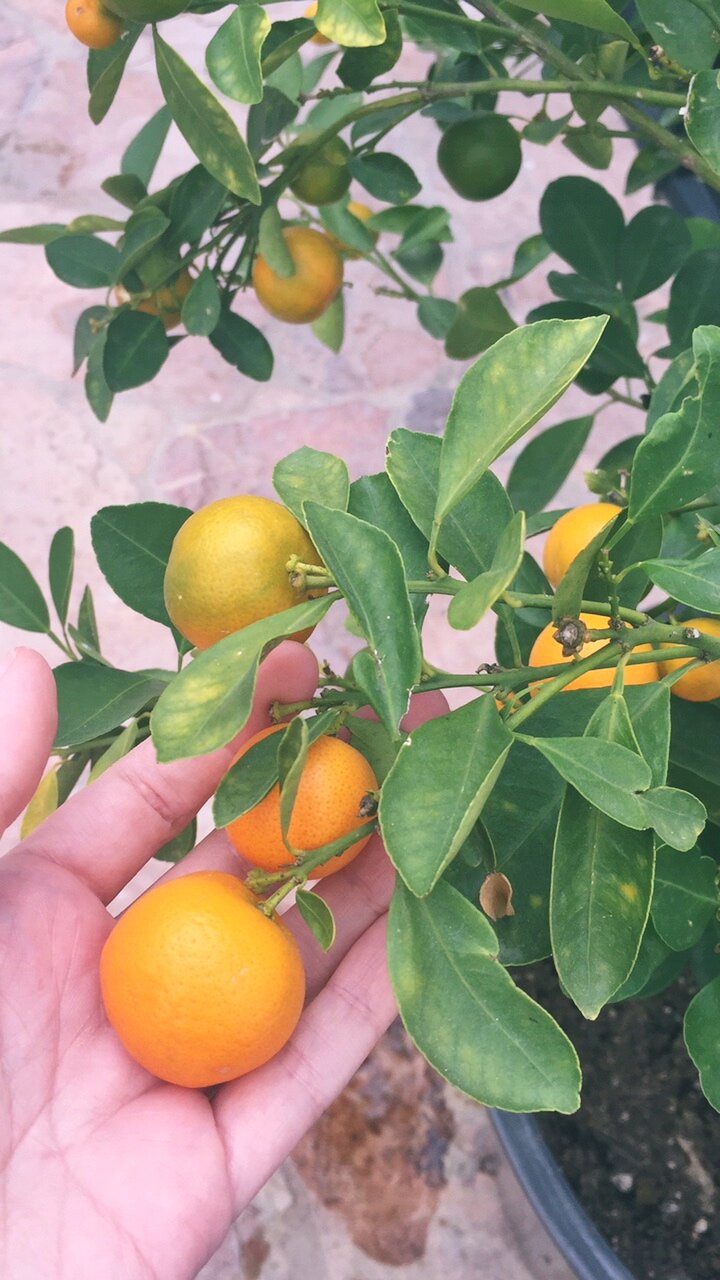CS Journals V6
Photography by Sharon Brenner
Hi Friends,
We hope you are doing well.
The heat wave continues in New York City (which has recently been dubbed as a sub-tropical zone…) as do the talented submissions to Counter Service Community Journals. We have a lot of new voices this week and we are ecstatic to share their views on love and almonds, snapshots in life through bussing plates, questioning how we understand how to drink through film, and long lost getaways.
Also, we are including two new projects that you, being the incredible humans that you are, should know about in our new feature Listen Up.
As a reminder, with these Journals, we have now included a donation button. We are asking that if you enjoy the musings and thoughtful, passionate pieces contributed, to donate any amount you can to help support our community. These donations will be split 70% directly to the contributors (artists and writers in the hospitality world) 25% to an organization (this issue’s organization is The Lebanese Food Bank in support of those devastated by the recent blast), and 5% to maintaining the website.
We value you, tremendously.
XO, CS Mag
listen up
Auxilio and Diaspirits
The Busser
Daniel Pollock
Booze on film
Aaron Robin
Marcona Almonds
Alice York
KRHTH MON AMOUR
Sharon Brenner
Aux Chord
Photograph by Mallory Melander. Playlist by Josh Hamlet
Listen Up: Auxilio & Diaspirits
Friends,
One of the ever-impressive things about creatives being in the hospitality, food, and beverage industry is the rapidity at which people develop and bring to life ground-breaking, industry shaking concepts. This week we want to sing two new project’s praises from the mountain tops. Please, take a look at these new powerhouses coming down the pipeline.
First Up
auxilio is a non-profit collaborative between Kia Damon, Mohammed Fayaz, and Zacarías González working to create an intersectional, community-based, food-centered space focused on providing resources, nourishment, and support for queer, Black, trans, and/or Indigenous communities of color in New York City.
our future goals are creating programming that will include:
a Test Kitchen | Cooperative space to use for commercial work.
a prepared food | bakery program that works six days a week to make items for sale to the public-creating a job program and mentorship program.
Kia’s mutual aid program called Kia Feeds The People Program (KFTPP): which focuses on getting quality produce and pantry items to the Black and QTPOC community. Education is key. KFTPP will provide cooking and nutrition classes to help people make the most of their boxes.
a co-op CSA model that supports WIC/SNAP and can deliver food to those in areas of need.
educational programming, pop-up dinners, and chef residencies
Next up
Diaspirits is a fledgling import company dedicated to returning the story of spirits back to the cultures and peoples who created them.
In the wine and spirits industry most importers, distributors, brands, and bars are white-owned, and have been for centuries. And the history of spirits has been written by the same colonial forces that helped establish the generational wealth that built these businesses. As a result, the beauty and brutality that coats the history of spirits is often written out.
Diaspirits was created to return those stories back to the people and cultures who created them.
Starting an import company takes an incredible amount of capital, and normally that capital is contributed by investors. Which means it has major strings attached. Strings that won't allow Diaspirits to spend profits to build ethical supply chains, share profits with suppliers and farmers, be transparent about our products, and create content that will re-educate the industry about the history and cultural context that makes these spirits what they are.
Our culture. Our history. Our spirits. Our voices.
Please, if you have the time, go show Diaspirits some love and help them get this incredible project off the ground.
The Busser
Daniel Pollock
I didn’t always love the restaurant. There was a time—when I was straight, when god was real—when I hated smelling like the staff’s cigarettes, like beef blood and sweet sweat, or my wet and sticky button down latching to my skin like a strait jacket.
That was before the tables. Hundreds of tables. Thousands of guests. Millions of smiles and erect little fingers tickling the air, asking for a wine refill. Before the setting and resetting, the stacking and unstacking of sets. The nods and hellos, the same laughs at the same jokes ten times in one night. The anniversary before the birthday, before the engagement, before the post-funeral party. Every night, another bin of broken glassware.
There was just dinner, and plates. Smiles and nods. Tears in the host stand when things felt too real. Hugs and deep breaths with the boy from the kitchen who would say, “We’ll be okay.” Who knew if we would? But he said it at least. And that made it true.
A couple breaks up at table 12. They leave in separate Ubers. I wipe and set the table for a bachelorette party that’s been waiting 10 minutes.
Life ending and starting a table apart.
Daniel Pollock ended up in the service industry to help pay tuition at University of Puget Sound, a small liberal arts school in Tacoma, Washington.
He’s in his senior year, studying English and classics. Upon graduation, Daniel plans to move to New York City to pursue a career in food writing.
Booze On Film
How characters on the big screen influence the modern (alcohol) consumer.
Words by Aaron Robin
Interior: A Classy Cocktail Lounge, Jazz playing in the background.
Man sits down at the bar, bartender is busy making drinks for other patrons. Man taps the bar and says “Scotch— make it a double.” A glass of sloshing, brown liquid immediately appears in front of him.
What is in that glass?
How did that get there so quickly?
Does the bartender need a card to start a tab?
- - -
Booze has always been featured in the Hollywood film. As a community of media consumers, we’ve been taught how to act, look and order at a bar by the movies. As Andy Warhol said, “it’s the movies that have really been running things in America ever since they were invented. They show you what to do, how to do it, when to do it, how to feel about it, and how to look how you feel about it.”
There are studies that note the immediate and consistent increase in production and sales of California Pinot Noir (and depression in sales of Merlot) following the 2004 release of the film Sideways. They call it —and I’m not kidding— The Sideways Effect. The movies have trained American bar patrons in their (sometimes sideways) bar etiquette, perhaps it’s time for a change.
- - -
While most people who have heard of a Vesper martini know that it was made for James Bond, most of those people don’t know that the 1953 classic ordered by Mr. Bond can no longer be made. See, our boy James ordered in detail: “Three measures of Gordon’s, one of vodka, half a measure of Kina Lillet. Shake it very well until it’s ice-cold, then add a large, thin slice of lemon peel. Got it?”
In 1895, the drinking world was deeply into quinine, the main flavor of tonic— mostly for medicinal purposes (i.e. Malaria). They also loved aromatized wine. Wine-producing brothers, Paul and Raymond Lillet combined these elements to create “Kina Lillet”. The product was a blend of white Bordeaux wines, fruit liqueurs (primarily citrus fruit), and quinine.
Mixed into a Vesper, Kina Lillet's bitter, quinine bite shines through the piney gin. In many ways, the original Vesper is a masterful marriage of a classic Dry Martini and a Gin & Tonic (sans bubbles).
In 1986, however, Kina Lillet disappeared from the market. The brand changed the recipe and relaunched as “Lillet Blanc” —without as much quinine. While there are similar products, namely the quinine-laced Cocchi Americano, the original Vesper Martini is long gone.
The 2006-set remake of Casino Royale ignored these facts to maintain a very famous, but now dated, line.
Beyond this disappearance, the phrase, “shaken not stirred,” is exclaimed to me by patrons at least once a month while I’m behind the bar. Now, I’m all for drinking what suits you, “to each their own.” But I do believe that most people who ask for their martinis this way are doing it because they heard it on a big screen, not because they prefer their boozy cocktails shaken. See, shaking a martini bruises, or aerates and waters-down, the spirit. Ideally, the texture of a boozy, juiceless cocktail is a silky balance of cold alcohol and water.
James has some explaining to do.
- - -
Mad Men saw the rise in Old Fashioned’s and Martinis. But with it came countless online-tutorials of “Don Draper’s Old Fashioned.” These spot-on, old-school renditions include muddling an angostura-bitter-soaked sugar cube, splashing it with soda, muddling syrup- soaked cherries and an orange wedge, adding ice to the top of the glass and filling it with Rye.
While these recipes depict the exact way Don makes the cocktail, they do nothing for educating the masses on how cocktails have evolved since his drinking days. For example, in an ice-filled glass, the sugar cube will never dissolve and will leave super-sweet granules at the bottom of the glass, doing nothing for the drink’s texture. The soda splash has disappeared from the cocktail completely, since it was just to dissolve the sugars. Now, most bars use a rich Demerara-sugar syrup, or better, a Demerara-sugar-and-gum syrup for sweetness and body. The corner-deli cherries have been nixed on the whole, or replaced with craft Brandied cherries. The orange wedge has been swapped for some orange bitters and a well-expressed twist of an orange peel for the floral, bright and oily nose. All in all, the Old Fashioned has grown up.
- - -
While I believe guests should be allowed to be as movie-star suave as they’d like at the bar, I don’t believe that they should sacrifice their enjoyment. James’s and Don’s orders all come from a long-lost era of undissolved sugar cubes and shaken martinis. As the production techniques of cocktails behind the bar evolve, isn’t it time their on-screen representation evolves? All Casino Royale (’06) anachronisms aside, we’re left to wonder, what are we learning? What natures are being nurtured by on-screen protagonists’ interaction with the bars around them?
- - -
In a VinePair list of “Nine Best Bar Scenes” only two patrons pay for their drinks. Many walk away from the bar before receiving their drink (something I, a bartender, find personally offensive).
While the list of unpaid bar checks in films is extensive, what’s more pressing is the way that bar culture is affected by these scenes —and what is drinking culture if not a cornerstone of culture itself.
Actors and their characters use booze to celebrate, recuperate, and punctuate. But how does seeing these characters affect the consumer? Did the character slam down their drink because you did—or are you doing it because they did? Who makes these rules and is someone on set monitoring them? In this instance, is art imitating life or life imitating art.
In the next Bond film I can only hope that 007 sits down at the bar, card in hand and says, “give me the best Vesper you’ve got, I’ll keep a tab open.”
Oh, and a, “please and thank you,” might help as well.
Aaron Moses Robin joined the service industry upon moving to New York to be a dancer with the feath3r theory. While balancing his dance-work/service-work schedule, he went from being a busser at a casual outdoor lounge to Head Bartender of the ever-glamorous Top of the Standard. He’s been working on a book about it.
As a side-side hustle, he’s a freelance Set Designer for various Food and Beverage shoots, events and Refinery29’s branded content.
Contact: Instagram @someonesproblem or Email aaronmrobin@outlook.com
Marcona Almonds
Words by Alice York
I remember a voice
Like maple syrup kept in the fridge:
Viscose, fluid,
But completely contained, controlled, self-composed—
Something small held back,
A secret kept unto herself.
I can feel her whisper
With all five of my senses, still:
The initial heat of her breath,
Now cooled in her absence;
A slight chill on my earlobe, shoulder, collarbone;
The faint touch of fingertips.
Her lips sweep by almost imperceptibly,
Her words like brushstrokes—
A soft wash of color blooming before me, all around me.
Her pitch low and soft,
The effect saturated and rich,
The slow churning of fresh butter.
We only shared one meal
(It could only be referred to thusly in its conviviality, not its abundance).
I think she brought Marcona almonds,
Which seemed so exotic to me at the time,
Each one stripped of its skin, slick with olive oil,
Shimmering with salt.
Together we ate outside
on a day otherwise nondescript and unremarkable.
Tanned legs, toes in grass,
She drank lukewarm wine—
I think I drank too, back then.
She fell asleep at one point
In the weak but earnest sun.
I didn’t take offense—
It felt like a sign of good faith,
A display of easy comfort and camaraderie,
Of some something quiet, and solid,
And lasting.
But calls turned to texts,
Texts turned to nothing,
And nothing settled into something else,
As it so often does.
Ghosts like these tend to linger,
Materializing at the hint of a smell,
The faint memory of a taste,
equally haunting and delighting.
They allow us to travel through time
With the lightness and ease
Of the wind carrying a scent,
The softness of the tongue
Touching the palate,
Guiding us to the sweet intersection
Between imagination,
Reflection,
And invention.
Alice York is a writer and yoga and meditation teacher living in Chicago. In her writing and teaching, she hopes to bring forward both joy and relaxation, fostering a softer relationship to body, to self, to food, and to movement.
Alice is also a contributor to Sun Potion Journal, where she creates and shares recipes combining the magic of plants and herbs with the nourishing, sumptuous power of dessert. During quarantine, she is a firm believer in nightly ice cream.
Instagram: @alicemerceryork
KRHTH mon amour (Crete my love)
Words and Photographs by Sharon Brenner
The year is 2020. The season is summer. The place is LA.
Being ‘stuck’ in LA with a home and a job this summer is certainly a privilege. These are unprecedented times and it seems like everyday is just a ticking timebomb waiting for the other (or another) shoe to drop.
That said, in my not so distant fantasies, my mind and soul are summering in Greece. The cards played their hand as they did, and I will sit this summer out. It’s the first time in nine years that I won’t touch the Mediterranean in summer, the first time I won’t have dakos after a day of sun and swim, the first time I’ll almost cry thinking about a cold Temenia soda on the beach.
Most people reading this are probably thinking boo-f*cking-hoo. That’s fair, I am too. But for anyone who has truly Greek-summered, you know that the spiritual experience of jumping into the sea for the first time each season is exactly that – it’s otherworldly. The moment you dip your body into the water, everything that teased you, plagued you, bothered you and dragged you down all year dissipates into thin air. It’s just you and the clear blue sea, the sun and the sky. No phones, no distractions, just you and the earth. It’s true bliss.
I recall when I lived in San Francisco where seasons are blurred. There’s cold and less cold, with interludes of ‘fogust’ aka August, and ‘summer in fall’ aka when it’s warm in September. I find that when seasons are relatively similar, you lose track of time, your body, yourself. You might say that happens in LA but I do feel the seasons here. I know from the fruit on the trees and the number of blankets on my bed.
It’s these seasonal rituals that help us process time and center ourselves. The ‘first swim of the season’ always resets me from everything that happened during the 365 days preceding it. This year I won’t have that moment that I hold so sacred. It’s not tragic, but it is a bit distorting. If I look at these photos, cook Greek summer food, pick figs from the abundant trees in LA, and keep my windows open at night so I hear the crickets, I can almost imagine it all. The taste of the feta that matches the salt of the sea, the warm evening breeze after a long day of being horizontal in the sand, and the unparalleled feeling that I am part of this planet each year when it spins towards the sun.





















